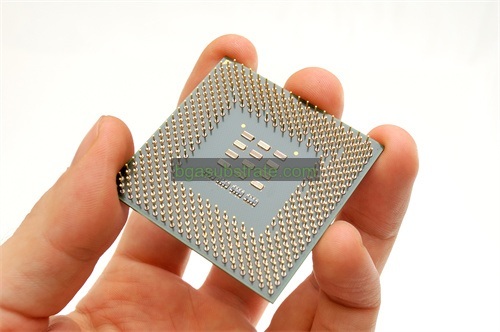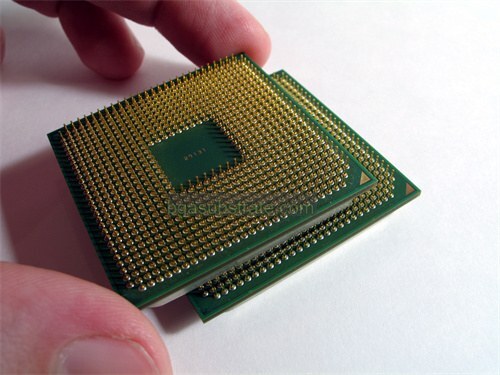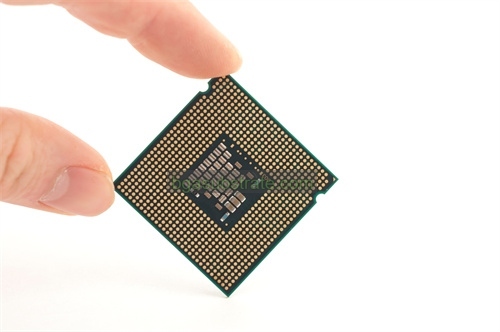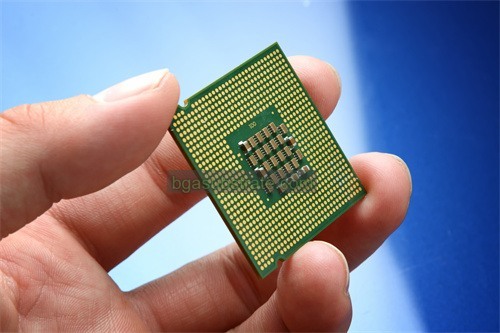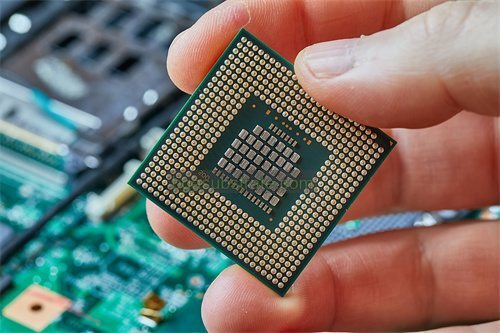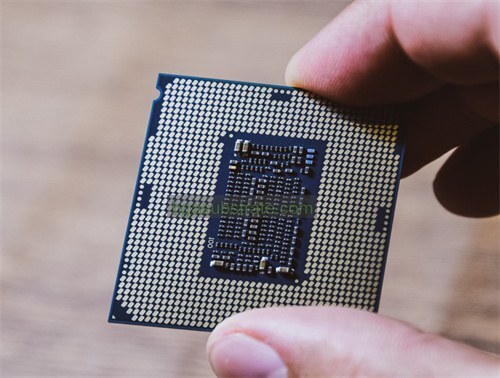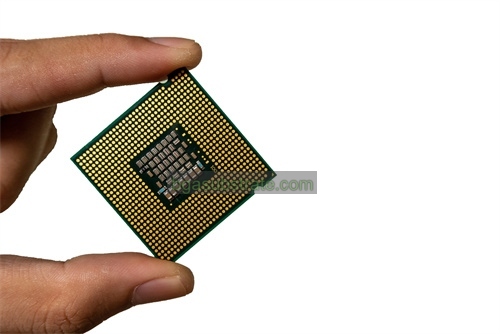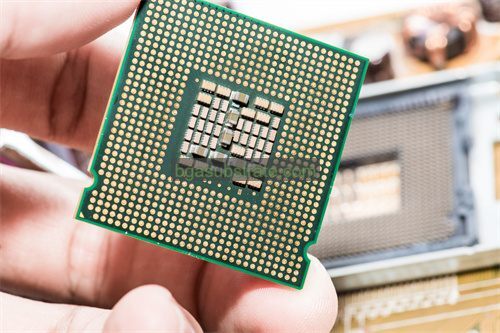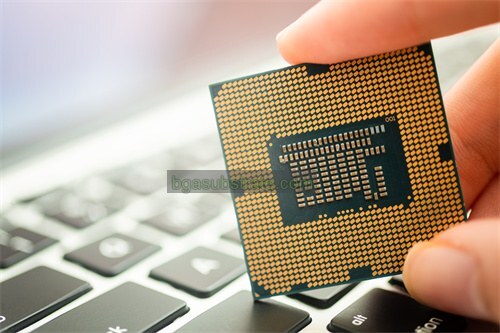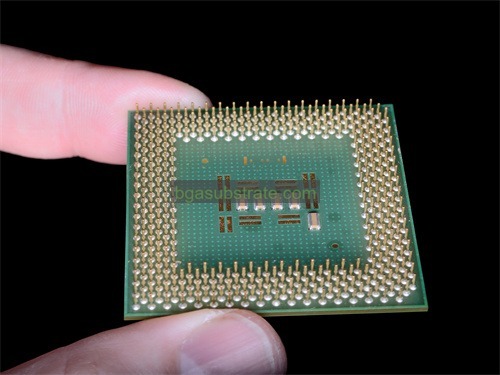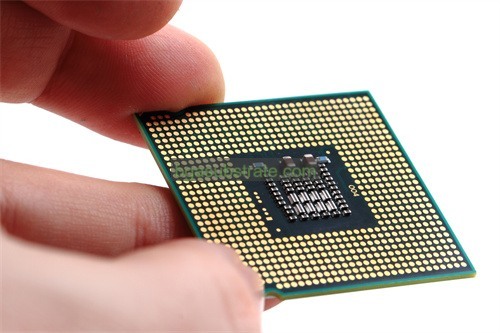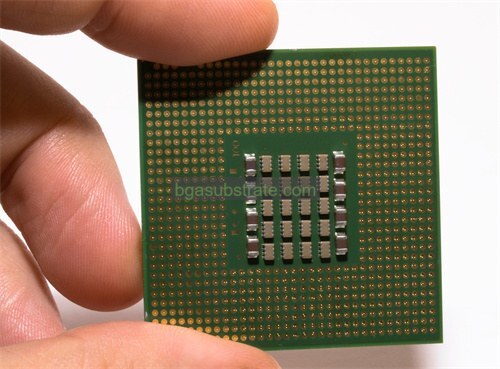Others High Frequency Substrate 생산자
기타 High Frequency Substrate 제조업체,High Frequency Substrates encompass a diverse range of advanced materials tailored for RF and microwave applications. These substrates typically feature low dielectric constants and low loss tangents to ensure minimal signal attenuation and superior signal integrity. They are characterized by excellent thermal management properties, supporting reliable operation in demanding environments such as aerospace, 통신, and radar systems. High Frequency Substrates enable engineers to design intricate circuitry with precise electrical characteristics across a broad frequency spectrum. Their versatility and performance make them essential components in modern electronic systems where high-speed data transmission and signal reliability are paramount.
무엇입니까 Others High Frequency Substrate?
“Others High Frequency Substrate” refers to high-frequency substrates that are not specifically categorized under well-known brand names like Rogers or Megtron. These substrates are designed for applications requiring excellent electrical performance at high frequencies, typically above 1 GHz. 그들은 RF에서 사용됩니다 (무선 주파수) and microwave circuits where signal integrity, 저손실 탄젠트, and consistent dielectric properties are crucial. These substrates often feature specialized materials like PTFE (폴리테트라플루오로에틸렌) or ceramic-filled hydrocarbon resins. Engineers and designers choose these substrates for their ability to maintain signal integrity across a wide range of frequencies, making them ideal for radar systems, 위성 통신, and high-speed data transfer applications. Manufacturers of “Others High Frequency Substrates” emphasize customizability and performance consistency to meet stringent specifications in modern electronics.
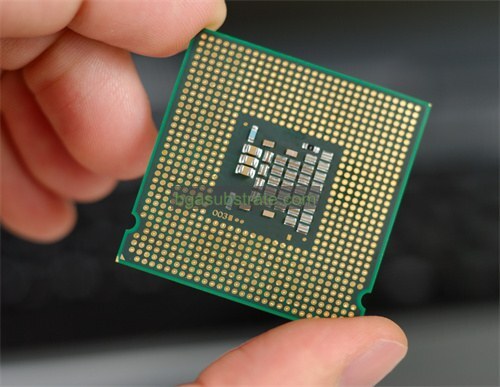
기타 High Frequency Substrate 제조업체
무엇입니까 Others High Frequency Substrate 디자인 지침?
에 대한 디자인 지침 “Others High Frequency Substrates” typically focus on achieving optimal performance in RF and microwave applications. 다음은 몇 가지 주요 설계 고려 사항입니다:
- 재료 선택:Choose a substrate material that matches the specific RF performance requirements, such as low dielectric constant (εr) 그리고 낮은 손실 계수 (황갈색 δ). Materials like PTFE-based or ceramic-filled hydrocarbon resins are common choices for their stable electrical properties over a wide frequency range.
- Dielectric Constant (εr) and Loss Tangent (황갈색 δ): Ensure the substrate material has a well-characterized and stable dielectric constant and loss tangent across the frequency spectrum of interest. This helps in maintaining signal integrity and minimizing signal loss.
- Thickness:The substrate thickness influences the characteristic impedance of transmission lines. Design the substrate thickness according to the desired impedance matching requirements of the RF circuit.
- Copper Cladding Thickness: Select an appropriate copper thickness for the conductive layers based on the current-carrying capacity and skin effect at high frequencies. Thicker copper layers reduce resistance and improve signal conductivity.
- 표면 마감: Choose a suitable surface finish that ensures good solderability and minimizes surface roughness for high-frequency applications. 에니그 (무전해 니켈 침지 금) 또는 OSP (Organic Solderability Preservatives) are commonly used finishes.
- 비아 디자인: Optimize via structures and placements to minimize impedance mismatch and signal reflections. Consider using blind or buried vias to reduce parasitic effects and maintain signal integrity.
- 열 관리: Ensure the substrate can dissipate heat efficiently, especially in power amplifiers and high-power RF circuits. Consider thermal vias or metal-backed substrates for effective heat dissipation.
- 환경 고려 사항: Design the substrate to withstand environmental conditions such as temperature variations, 습도, 및 기계적 스트레스, depending on the application requirements.
- 제조 가능성:Ensure the design is manufacturable with the chosen substrate material and manufacturing processes. Consider factors like panel size, registration accuracy, and tolerances during fabrication.
이러한 디자인 지침을 준수함으로써, engineers can optimize the performance and reliability of “Others High Frequency Substrates” in demanding RF and microwave applications.
의 장점 Others High Frequency Substrate
Others High Frequency Substrates offer several advantages that make them suitable for RF (무선 주파수) 그리고 마이크로파 응용(microwave applications):
- 우수한 전기적 특성: These substrates typically exhibit low dielectric constant (εr) 그리고 낮은 손실 계수 (황갈색 δ), ensuring minimal signal loss and high signal integrity across a wide frequency range. This makes them ideal for high-frequency applications where maintaining signal integrity is critical.
- High Frequency Capability: They are designed to operate efficiently at frequencies above 1 GHz and can often support frequencies up to tens of GHz, depending on the specific material and design.
- Customizability: Manufacturers of Others High Frequency Substrates often offer customization options in terms of material formulations, thicknesses, and copper cladding options. This flexibility allows engineers to tailor the substrate to meet specific performance requirements.
- 기계적 안정성: These substrates typically have good mechanical stability and dimensional accuracy, which is crucial for maintaining performance under varying environmental conditions and mechanical stresses.
- 방열: Some variants may offer good thermal management properties, helping in dissipating heat generated by high-power RF components or circuits.
- Cost-Effective Alternatives: Depending on the specific material and manufacturer, Others High Frequency Substrates can offer cost-effective alternatives to more specialized brands like Rogers or Megtron, while still delivering reliable performance.
- 넓은 응용 범위: They find applications in various industries including telecommunications, 항공 우주, 방어, 레이더 시스템, 위성 통신, and high-speed data transfer applications due to their robust performance characteristics.
- Reliability: These substrates are designed and manufactured to stringent quality standards, ensuring reliable operation over extended periods.
전반적, Others High Frequency Substrates combine excellent RF performance with customization options and cost-effectiveness, making them a preferred choice for engineers designing high-frequency circuits and systems.
무엇입니까 Others High Frequency Substrate 제작 과정?
The fabrication process for Others High Frequency Substrates typically involves several key steps to ensure the substrates meet the stringent requirements for RF and microwave applications:
- 재료 준비: Select and prepare the substrate material based on the desired electrical properties (low dielectric constant, 저손실 탄젠트) and mechanical characteristics. Common materials include PTFE-based composites or ceramic-filled hydrocarbon resins.
- Substrate Lamination: The chosen substrate material is laminated into sheets of specified thicknesses. This lamination process involves bonding multiple layers together to achieve the desired substrate thickness.
- Copper Cladding: Apply copper foil to one or both sides of the substrate sheets. The copper foil is typically bonded using heat and pressure to ensure good adhesion and electrical conductivity. The thickness of the copper foil is chosen based on the current-carrying capacity and impedance requirements of the RF circuit.
- 드릴링: Precision drilling is performed to create holes for vias, component leads, and mounting holes. The drilling process must maintain tight tolerances to ensure accuracy in via placements and minimize signal losses.
- Electroplating: Electroplate the walls of the vias with conductive materials such as copper to ensure electrical connectivity between different layers of the substrate. This step is crucial for maintaining signal integrity and reducing impedance mismatch.
- 에칭: Use chemical etching processes to define the circuit traces and patterns on the copper-clad surfaces of the substrate. Etching removes unwanted copper from the substrate while leaving behind the desired circuit patterns.
- Surface Finish Application: Apply a surface finish to the substrate to ensure good solderability and protect against oxidation. Common surface finishes include ENIG (무전해 니켈 침지 금), OSP (Organic Solderability Preservatives), or immersion silver.
- 최종 검사 및 테스트: Conduct thorough inspection and testing of the fabricated substrates to verify dimensional accuracy, 전기적 성능 (including dielectric constant and loss tangent), and adherence to specifications. This step ensures that the substrates meet the required standards for RF and microwave applications.
- Packaging and Delivery: Once inspected and tested, the substrates are packaged according to customer requirements and shipped for further assembly into RF circuits or systems.
제작 공정 전반에 걸쳐, strict quality control measures are implemented to ensure consistency and reliability in the performance of Others High Frequency Substrates, meeting the demanding requirements of high-frequency applications.
세라믹의 적용 Others High Frequency Substrate
Ceramic-based Others High Frequency Substrates find extensive applications in various RF (무선 주파수) and microwave circuits where excellent electrical performance and reliability are critical. 일부 주요 응용 프로그램은 다음과 같습니다:
- 통신: Used in base station antennas, RF filters, and amplifiers for wireless communication systems. The substrates’ ability to maintain signal integrity and low loss tangent is crucial for efficient transmission and reception of RF signals.
- 항공우주 및 방위 산업: Employed in radar systems, 위성 통신, 항공, and electronic warfare equipment. These applications demand substrates that can operate reliably under harsh environmental conditions and maintain consistent RF performance.
- 의료 기기: Used in RF medical equipment such as MRI machines and RF ablation devices. High-frequency substrates ensure accurate signal transmission and reception, contributing to the effectiveness of medical procedures.
- Automotive: Utilized in radar systems for collision avoidance, 어댑티브 크루즈 컨트롤, and vehicle-to-vehicle communication. The substrates’ stability and reliability in high-temperature environments are crucial for automotive applications.
- 소비자 가전제품: Found in high-frequency modules for smartphones, 정제, and IoT devices where compact size and high performance are essential. These substrates enable reliable wireless connectivity and data transfer.
- Industrial Applications: Used in industrial automation systems, 센서, and instrumentation where high-frequency signals need to be transmitted accurately and with minimal interference.
- Wireless Infrastructure: Deployed in infrastructure equipment such as base stations, 리피터, and small cells for cellular networks. These substrates contribute to the efficient operation and expansion of wireless networks.
- Research and Development: Used in laboratories and R&D facilities for prototyping and testing high-frequency circuits and systems due to their predictable electrical properties and performance consistency.
In each of these applications, ceramic-based Others High Frequency Substrates play a crucial role in enabling reliable and efficient operation of RF and microwave devices, ensuring high performance and durability under demanding conditions.
에 대한 FAQ Others High Frequency Substrate
What are Others High Frequency Substrates?
Others High Frequency Substrates refer to high-performance materials used in RF (무선 주파수) 그리고 마이크로파 응용(microwave applications). They offer excellent electrical properties like low dielectric constant and low loss tangent.
What are the advantages of Others High Frequency Substrates?
They provide high frequency capability, excellent signal integrity, customizability in material and design, and cost-effectiveness compared to more specialized brands.
Where are Others High Frequency Substrates used?
They are used in telecommunications, 항공 우주, 방어, 의료 기기, 자동차 레이더 시스템, 소비자 가전제품, industrial applications, and wireless infrastructure.
What materials are used in Others High Frequency Substrates?
Common materials include PTFE-based composites and ceramic-filled hydrocarbon resins, chosen for their stable electrical properties across a wide frequency range.
How are Others High Frequency Substrates fabricated?
Fabrication involves processes like material preparation, 박판, copper cladding, 드릴링, electroplating, 에칭, 표면 마감, and rigorous testing to ensure quality and performance.
What are the key considerations in designing with Others High Frequency Substrates?
Designers focus on selecting the right material for specific RF requirements, optimizing thickness, copper cladding, via design, surface finish, and ensuring mechanical and thermal stability.
Why choose Others High Frequency Substrates over branded alternatives?
They offer similar performance characteristics at a potentially lower cost, with flexibility in customization to meet specific application needs.
 귀하의 웹 사이트 이름
귀하의 웹 사이트 이름


